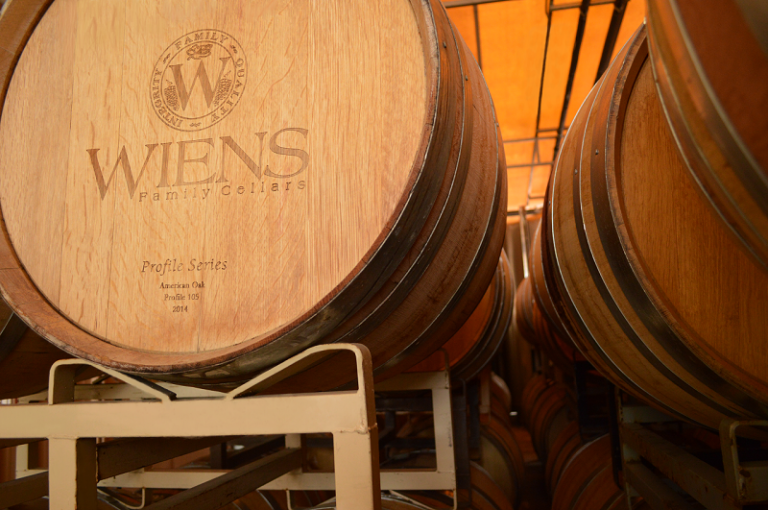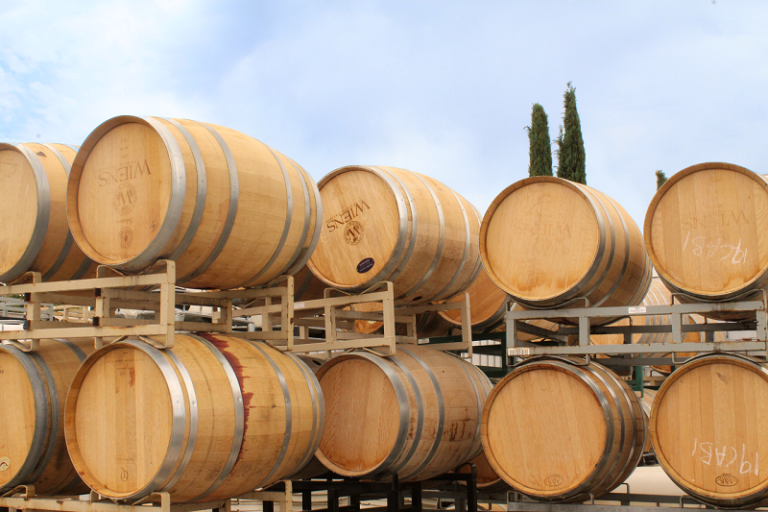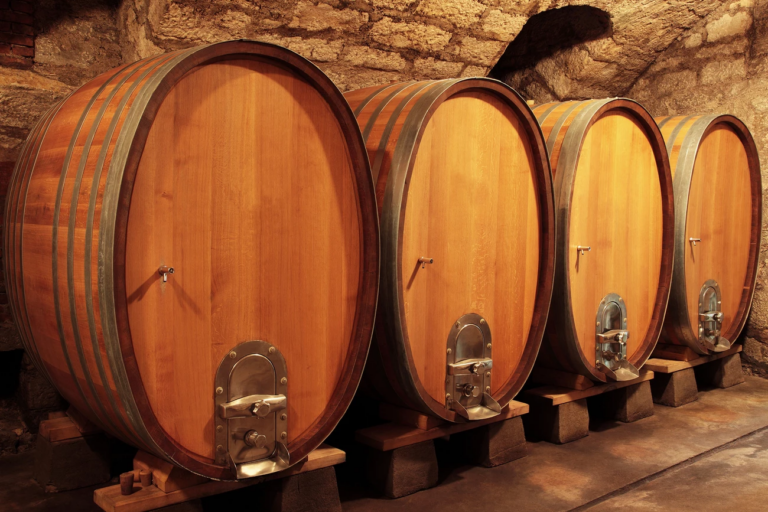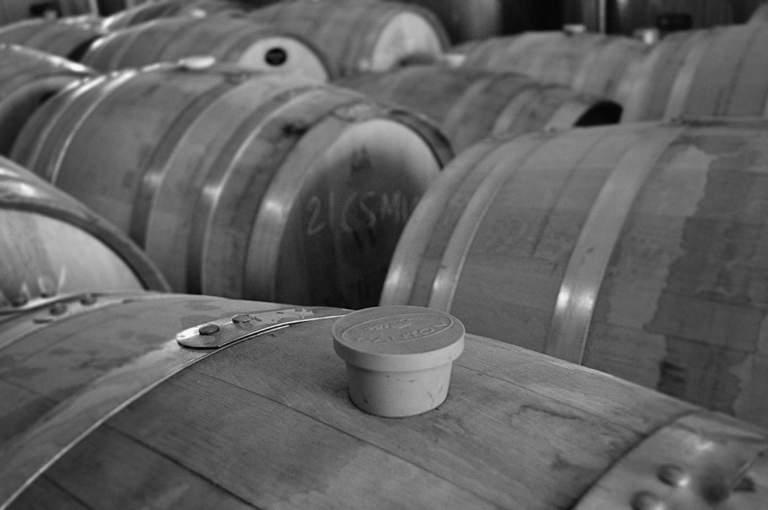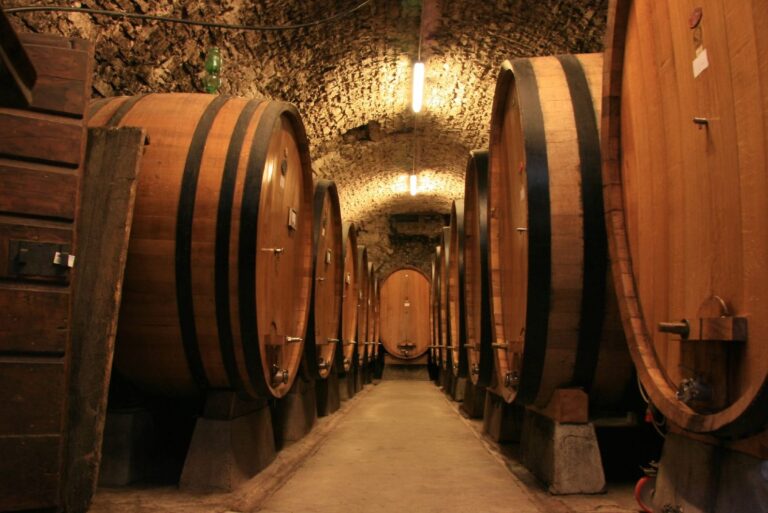Oak aging has long been a cornerstone of winemaking, influencing everything from flavor and texture to the longevity of the wine. While traditional oak barrels remain the most common vessel for aging, many winemakers are embracing large-format oak casks to craft wines with greater purity of fruit and refined structure. But how do these two aging methods compare, and what do they bring to the final bottle? Let’s explore the impact of oak barrels versus large oak casks and how they shape a wine’s character.
Oak and Its Influence on Wine
Oak aging does more than just provide a container for wine. It plays a critical role in:
- Allowing slow oxygen exchange, which softens tannins and integrates flavors.
- Imparting distinct flavors such as vanilla, spice, caramel, and toasted notes.
- Adding texture and complexity as wine interacts with wood over time.
The size of the vessel dramatically affects how much influence the oak has on the wine, which is why choosing between small barrels and large oak casks is a key decision for winemakers.
Traditional Oak Barrels (225L – 300L)
The standard wine barrel, often referred to as a Bordeaux or Burgundy barrel, holds about 225 to 300 liters of wine. These smaller barrels maximize the wine’s contact with the wood, leading to:
More pronounced oak flavors – Smaller barrels mean more surface area in contact with the wine, enhancing notes of vanilla, spice, and toast.
Faster aging process – The increased oxygen exposure helps wine evolve more quickly, softening tannins and rounding out structure in a shorter time.
Greater tannin integration – Red wines aged in small barrels develop well-integrated tannins that contribute to a lush, velvety texture.
Ideal for fuller-bodied wines – Barrels are commonly used for Cabernet Sauvignon, Merlot, Syrah, and Chardonnay, which benefit from enhanced oak influence.
However, barrels need to be replaced every few years as their ability to impart flavor diminishes over time, making them a costly investment for wineries.
Large Oak Casks (500L – 5,000L+)
Larger oak casks, often called foudres or botti, range from 500 liters up to 5,000 liters or more. These massive vessels are widely used in Italy, France, and Germany for aging wines that emphasize purity of fruit rather than heavy oak influence.
Less oak impact – Since the wine-to-wood ratio is lower, casks contribute more subtle oak flavors, allowing varietal character and terroir to shine.
Slower, more refined aging – With reduced oxygen exchange, wines develop gradually, maintaining bright acidity and structure for long-term aging.
Preserves freshness and elegance – White wines, Pinot Noir, and Sangiovese benefit from large casks, as they retain vibrancy without excessive oak influence.
Environmentally and economically sustainable – Larger casks last for decades, making them a cost-effective and eco-friendly choice for wineries.
The downside? Wines aged in large casks require more time to evolve and may not develop the rich, toasty characteristics that some consumers associate with oak aging.
Side-by-Side Comparison
Feature | Small Oak Barrels (225L-300L) | Large Oak Casks (500L-5000L+) |
Oak Influence | High – pronounced flavors of vanilla, spice, and toast | Low – subtle integration, more focus on fruit |
Aging Speed | Faster – softens tannins and enhances texture more quickly | Slower – gradual evolution with retained freshness |
Oxygen Exposure | Higher – more oxidation leads to rounder mouthfeel | Lower – preserves acidity and structure |
Best For | Bold reds like Cabernet Sauvignon, Merlot, Syrah, and oaked Chardonnay | Elegant reds like Pinot Noir, Sangiovese, and crisp whites |
Cost & Longevity | High cost, shorter lifespan (3-5 years) | Long-term investment, lasts decades |
Which is Better? It Depends on the Wine
There is no one-size-fits-all approach to oak aging. Some wines flourish in small barrels, while others benefit from the gentler approach of large casks.
- For bold, structured wines: Small barrels are the best choice, enhancing tannins and oak complexity in Cabernet Sauvignon, Malbec, and Syrah.
- For fresh, fruit-driven wines: Large casks preserve the purity of Grenache, Sangiovese, Pinot Noir, and white wines like Riesling and Vermentino.
- For winemakers balancing oak influence: A mix of both vessels can create wines with structure and finesse, as seen in blends where part of the wine ages in barrels and part in larger casks.
The Future of Oak Aging
As winemakers focus on expressing terroir and reducing environmental impact, the use of large casks is gaining popularity, particularly in Old World wine regions. At the same time, barrel aging remains a key tool for crafting complex, full-bodied wines with rich texture and depth.
Whether aged in a small barrel or a towering oak cask, one thing remains true—oak aging continues to be an art form that defines some of the world’s most exceptional wines.
Thinking about how your favorite wines are aged? Next time you sip a beautifully balanced red or a richly textured white, consider the influence of oak and how it shapes the glass in your hand. Cheers to the craft of winemaking.

